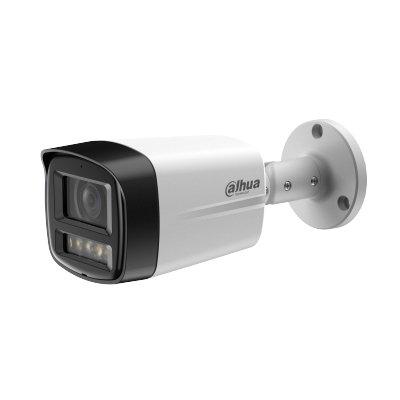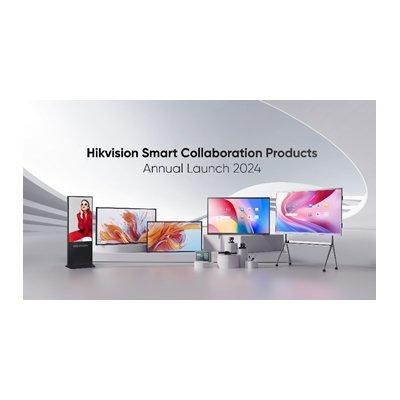Commoditisation is the biggest problem facing today’s security integrators, says Bill Bozeman, president and CEO of PSA Security Network, an electronic security cooperative encompassing some 250 electronic security systems integrators, and aligning them with over 150 vendor partners.
Multi-million-dollar manufacturers are taking advantage of economies of scale to drive down pricing of many of the components our industry uses, and lower prices are poised to have a long-term detrimental impact on integrators’ business, Bozeman says. “You have to sell that many more cameras and card readers to create the same amount of revenue,” he says. “There’s a lot of danger there.”
To survive the impact of commoditisation, integrators are looking to develop new business models that are not totally dependent on the installation of systems. Possibilities include recurring revenue models and sales of security services, which can provide a predictable cash flow.
Recurring revenue for a systems integrator might come from longer-term maintenance contracts, or from monthly fees for alarm monitoring, access to cloud services, etc. Security services, in effect, involve an integrator providing a wider range of services to an end user customer for a monthly fee, basically allowing the end user to “outsource” its complete security operation to an integrator.
Commoditisation over time will require that integrators re-think their business models, says Bozeman, but integrators will require a lot of education on how to embrace the needed transition. “Contractors don’t have that model,” he says. “They are embracing it slowly; it’s a slow migration, and we have tried to lead them in that direction. They’re picking up on it, but it’s been a herd of turtles.”
On the plus side, Bozeman says proliferation of handheld devices with the ability to receive video and alarm signals is opening up a new wave of customers for integrators. He says the capabilities of hand-held devices drive visibility of the video surveillance world. The growth of lower-tech options, such as ‘baby-cams,’ is also helping “to drive interest toward professionally designed systems,” says Bozeman.























